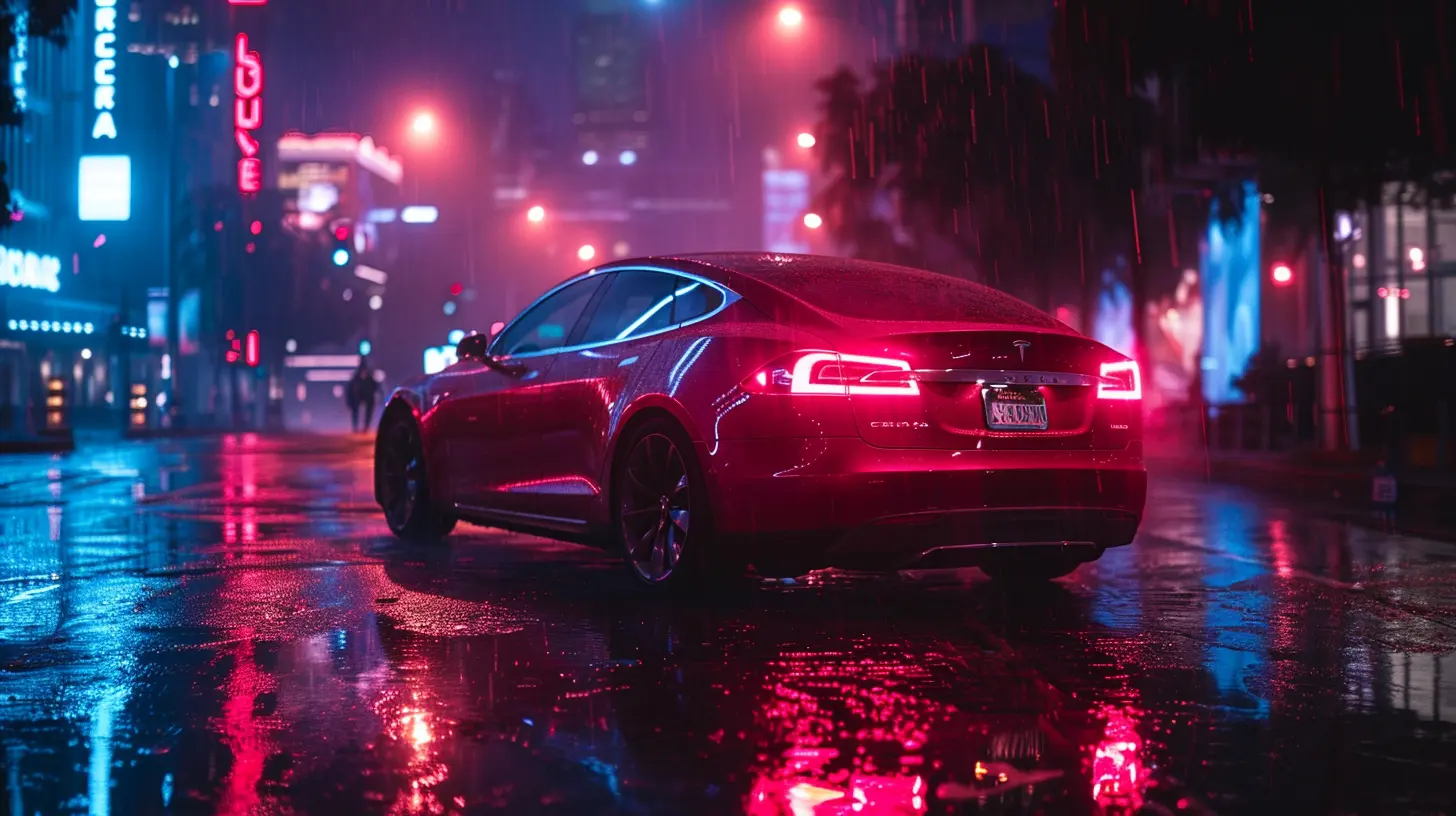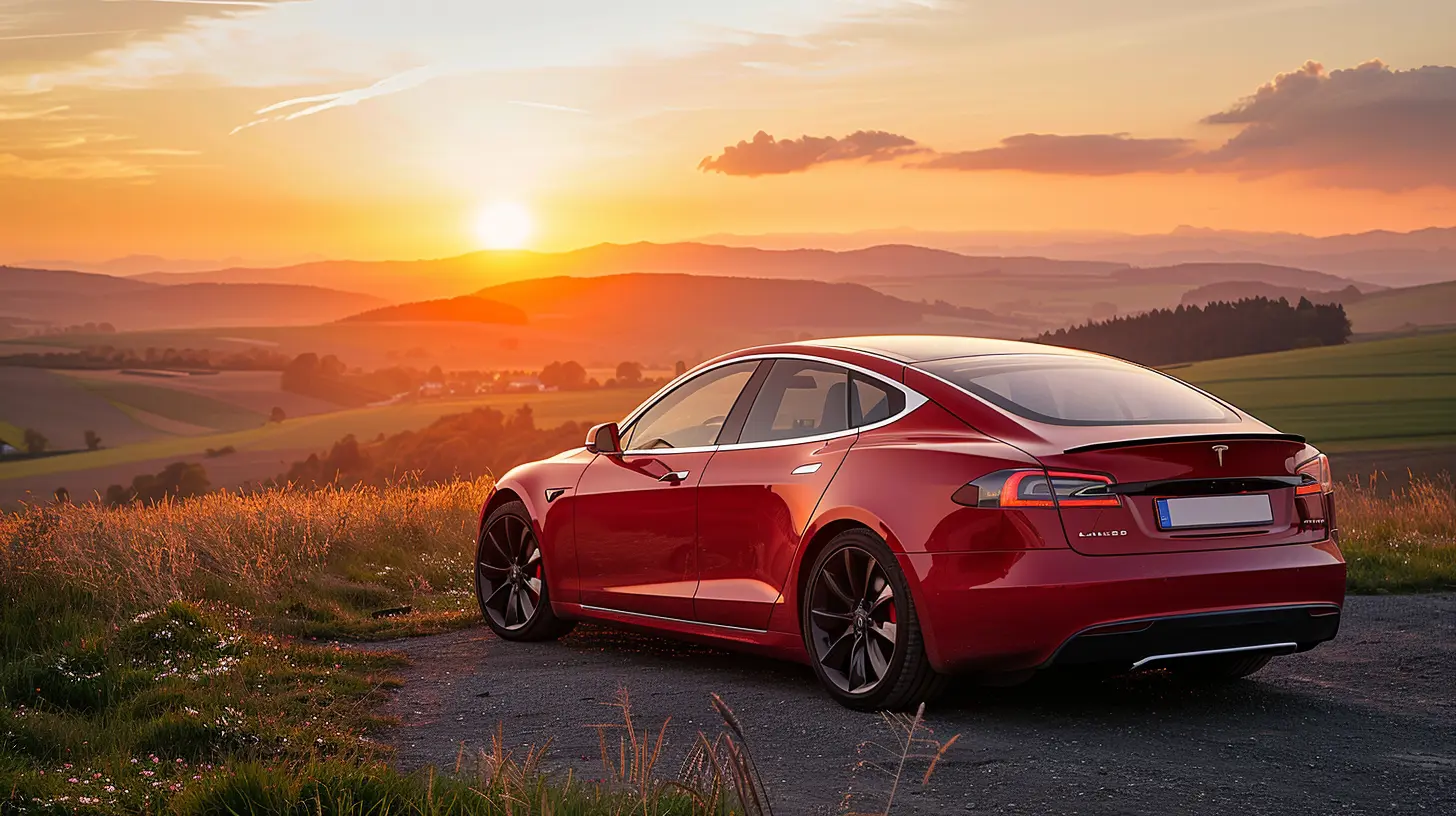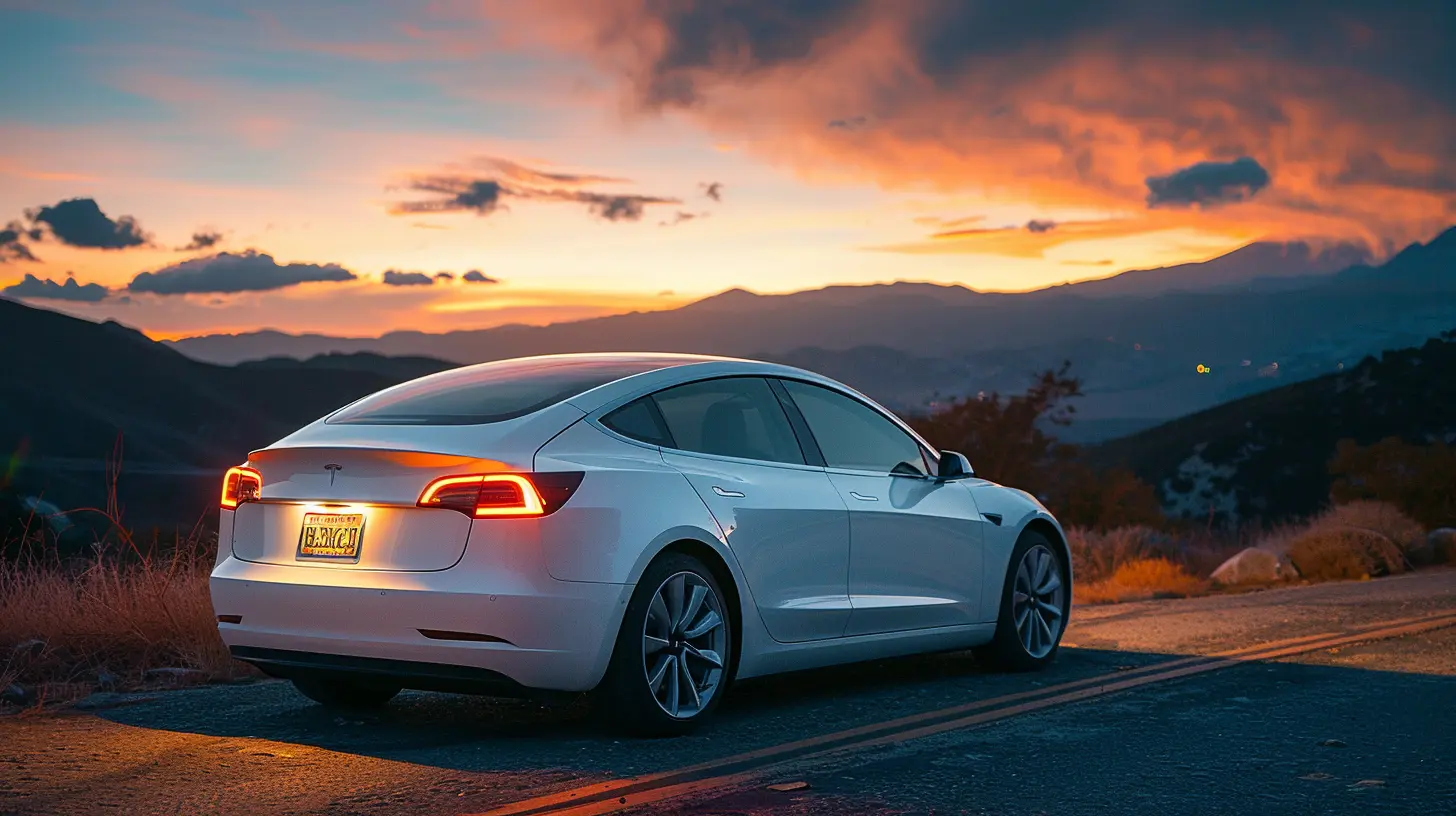The Hidden Costs of Owning an Electric Vehicle
19 June 2025
So, you've been thinking about going electric. Your neighbor drives a shiny Tesla and hasn’t stopped talking about how “it basically costs nothing to charge.” You’re hearing electric cars are the future. They’re clean, quiet, eco-friendly, and supposedly...cheap to run. Sounds like a no-brainer, right?
Well, not so fast.
There’s a lot more to the electric vehicle (EV) story than meets the eye. While EVs certainly have some great perks, there are also some not-so-obvious wallet sneezers hiding under the hood (well, metaphorically speaking—there isn’t really much under the hood of most EVs).
Let’s pop the trunk on this topic and take a look at The Hidden Costs of Owning an Electric Vehicle—because as shiny and green as they look, EVs come with a few surprises.
⚡ First Up: The Sticker Shock
EVs Aren’t Exactly Cheap... Yet
Let’s be real. EVs can be pricey. Sure, there are some more affordable options out there (hello, Nissan Leaf!), but many of the well-known models—especially ones you can brag about at brunch—aren’t exactly budget-friendly.For instance, here's a rough idea of what you're looking at:
- Tesla Model 3: Starts around $40,000
- Ford Mustang Mach-E: Around $44,000
- Rivian R1T: North of $70,000
And no, we're not even talking about the fancy Plaid or Performance models yet.
Sure, there are federal tax credits and some state incentives that can shrink the price tag, but you still need to cough up a chunk of change at the dealership. So, while an EV might seem cheaper over time, the upfront cost can be a mountain to climb.
🔌 Charging at Home? It’s Not Always Plug-and-Play
Home Charging Setup Can Get Pricey
A lot of EV owners charge their cars at home—super convenient, right? But here's what often gets overlooked: the cost of setting up a home charging station.You can’t just plug your EV into a regular wall socket and expect a full charge by morning. Well, you can... but it might take 2 days.
So most people need to install a Level 2 home charger. Depending on your home’s wiring situation, that could cost anywhere from $500 to $2,000+ once you factor in equipment and installation.
Got an older home? You might need a panel upgrade, extra wiring, or even a new circuit. That’s more cash flying out the window.
🏙️ Apartment Living = Charging Struggles
No Driveway? You Might Be in Trouble
If you live in an apartment or don’t have dedicated parking, charging can become a mini-nightmare.Public charging stations are popping up more and more, but they’re not always close, free, or available when you need them. And if your workplace doesn’t offer EV charging, you’re stuck trying to find a spot during your free time.
EV ownership without a garage is like owning a fish without a bowl—it can work, but it's a headache. You may end up relying on fast chargers, which brings us to…
⚡ Fast Charging Is Convenient… and Kinda Costly
The 'Gas Station' of EVs Isn’t Always Cheap
Fast-charging DC stations are fantastic when you’re in a rush. They can juice up your battery in 30 minutes or less. But they aren’t always friendly to your wallet.In some areas, charging at a public DC fast charger can cost more than gasoline per mile driven.
Plus, some networks charge by the minute, not the kWh, so if your battery charges slowly in cold weather (yup, that happens), you’re paying more for less charge.
Think of it like ordering takeout: it's fast and convenient, but it definitely costs more than cooking at home.
🧊 Batteries and the Cold Don’t Mix
Winter Driving = Lower Range
EV batteries don’t love the cold. In chilly climates, your range can drop by 20-40%, especially if you’re blasting the heat and defrosters.And to make matters worse, charging your EV in winter often takes longer. Batteries like to be warm and cozy. So unless you plan on parking your car in a heated garage (which, let’s face it, most of us don’t have), winter might make you feel like you’ve gone back to the Stone Age.
🔋 Battery Replacement: The Elephant in the Room
Your Battery Might Outlive Your Car—Or Not
Let’s talk about the big one: battery lifespan. EV batteries don’t last forever. Most are rated to last 8-10 years or around 100,000 to 150,000 miles.While that’s definitely solid, replacing an EV battery isn’t like changing out a set of AA Duracells. It can cost anywhere from $5,000 to $20,000, depending on the make and model.
Now, manufacturers usually offer decent battery warranties, and most batteries will do fine for a decade. But it’s still a big, looming cost—kind of like the boss at the end of a video game level you hope you never have to fight.
🔧 Maintenance: Less Frequent, But Not Always Cheaper
EVs Have Fewer Moving Parts, But Don’t Skip the Service
One of the most-touted perks of EVs is less maintenance. No oil changes, fewer belts and hoses—awesome, right?Absolutely. But that doesn’t mean zero maintenance.
Here’s what you still need to keep your eyes on:
- Brake pads (regenerative braking helps, but they still wear out eventually)
- Tires (EVs are heavy; expect more wear and tear)
- Coolant systems (yup, they exist)
- Battery health checks
- Software updates (sometimes done remotely, but not always)
And when something breaks? Specialized EV techs aren’t quite as easy to find—or cheap—as your local mechanic. EV repairs often mean visiting a dealership or certified shop, which can crank up labor costs.
📉 Resale Value: A Bit of a Roller Coaster
Currently, It’s Kind of a Wild West
Unlike gas vehicles, the used EV market hasn’t fully stabilized yet. Some EVs, like the Tesla Model Y, hold value surprisingly well. Others? Not so much.Here’s the kicker: battery degradation and tech obsolescence are real concerns to second-hand buyers. The pace of innovation means today’s stylish EV might feel like a fossil in five years.
This can impact your resale value—especially if you don’t have a long battery warranty left.
🌍 Infrastructure Isn’t Quite There Yet
Charging Networks Are Growing, But Spotty
Yes, charging stations are being built at warp speed. But in many rural or less-developed areas, they’re still few and far between.Planning a weekend road trip? You’ll need to think more carefully than ever before. No one wants to play charging-station hide-and-seek when they're 19% from empty with a baby in the backseat.
Until charging becomes as ubiquitous as gas stations, this remains a bump in the road to EV utopia.
🧾 Higher Insurance Premiums
Wait—What? But EVs Are Safe!
True! EVs are super safe. But the insurance companies still tend to charge higher premiums. Why?A few reasons:
- EVs are more expensive to replace or repair
- Specialized parts = higher repair bills
- Fewer certified repair shops = longer repair times
Of course, this varies by model and state, but many new EV owners report a bit of sticker shock when that first insurance bill rolls in.
🧠 Software Subscriptions? Yup, That’s a Thing
Your Car Might Be a Smartphone on Wheels
Welcome to the era of connected cars. Some EV features live behind a paywall now—like heated seats, advanced driver assistance, or performance boosts.Want Tesla’s Full Self Driving (FSD) package? That's a $12,000 add-on or a $200/month subscription.
This “subscription-ification” of car features is a growing trend, and it can easily sneak up on your budget.
🟢 So, Should You Still Get an EV?
Absolutely! But go into it with your eyes wide open.Electric vehicles are fantastic. They’re quiet, clean, and a joy to drive. But like any major tech investment, they come with hidden costs that don’t always make it into the shiny brochures.
Think of EV ownership like adopting a pet: it’s awesome, rewarding, and fun—but it comes with responsibilities (and expenses) you need to be ready for.
Plan wisely, crunch the numbers, and you’ll be cruising down Electric Avenue with confidence and a smile.
⚙️ Final Thoughts
EVs are undeniably changing the automotive landscape—for the better. No tailpipe emissions? Massive win. Less maintenance? Sign me up.But they're not magic beans. There's no free lunch here.
So before you take the plunge, remember to consider:
- Installation costs for home charging
- Insurance increases
- Battery lifespan and replacement cost
- Charging availability (and time!)
- Subscription services & tech upgrades
- Cold-weather performance
Once you factor in these hidden costs, you’ll have a more realistic picture of EV ownership—and you’ll be better prepared to dodge the financial potholes.
Drive smart. Charge smarter. And don’t forget to budget for a better extension cord.
all images in this post were generated using AI tools
Category:
Electric VehiclesAuthor:

Ugo Coleman
Discussion
rate this article
2 comments
Lacey Wilkins
Pricey? Try shocking!
September 28, 2025 at 12:58 PM

Ugo Coleman
Thanks for your input! The hidden costs can indeed be surprising for many new EV owners.
Patrick Wagner
While electric vehicles offer undeniable environmental benefits, the hidden costs cannot be ignored. From battery replacement to charging infrastructure, prospective buyers must do thorough research. A well-informed decision will lead to a more satisfying ownership experience in the long run.
June 20, 2025 at 3:26 AM

Ugo Coleman
Thank you for your insightful comment! It's crucial for potential EV owners to consider both the benefits and hidden costs to ensure they make informed and satisfying choices.


